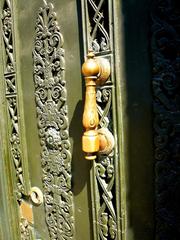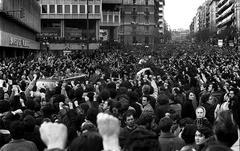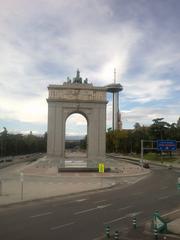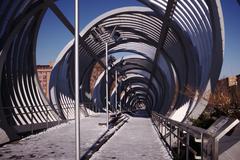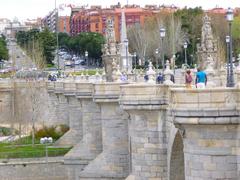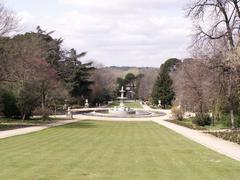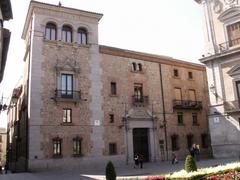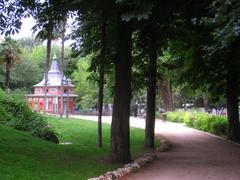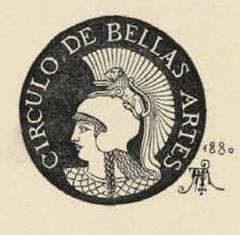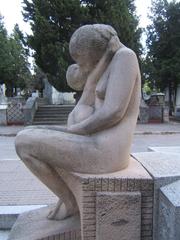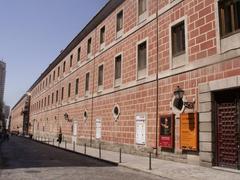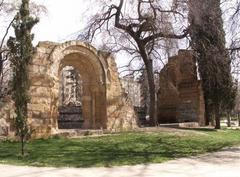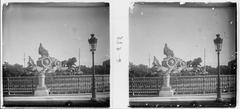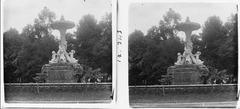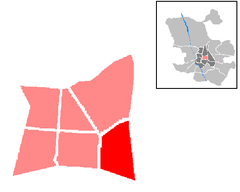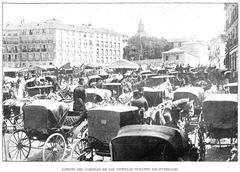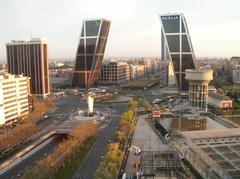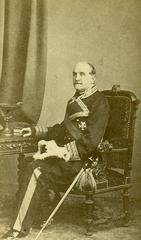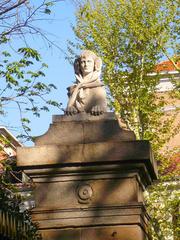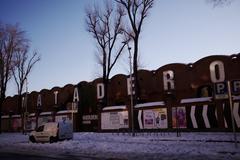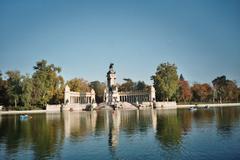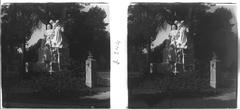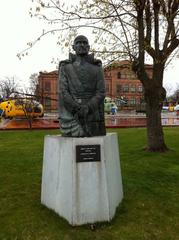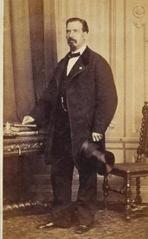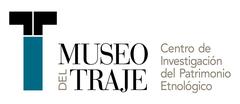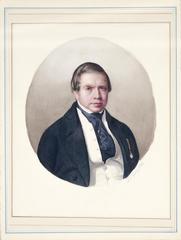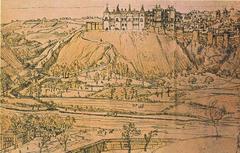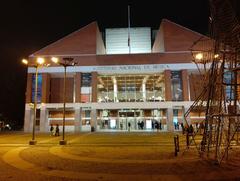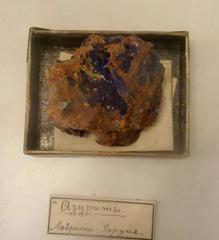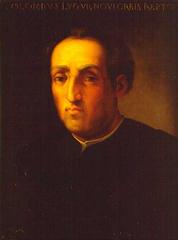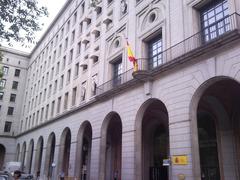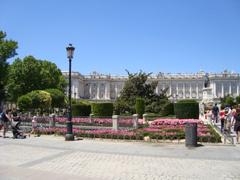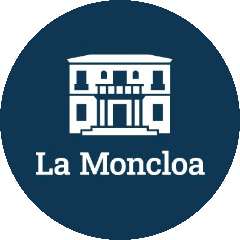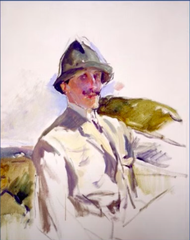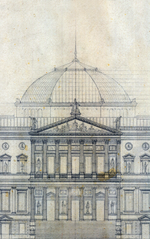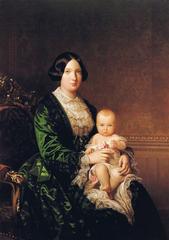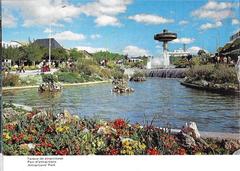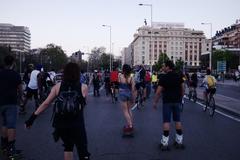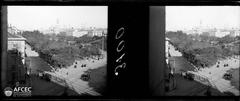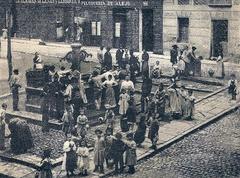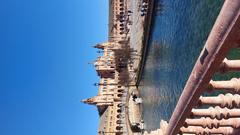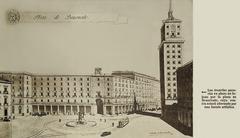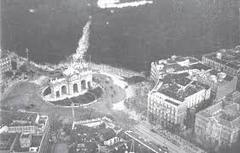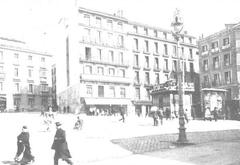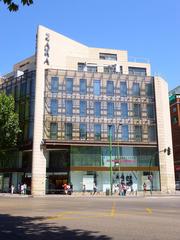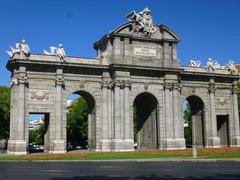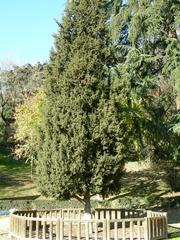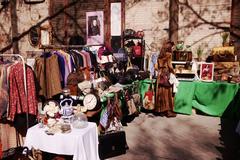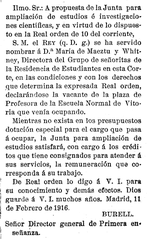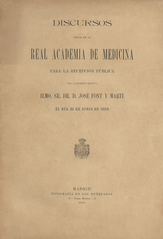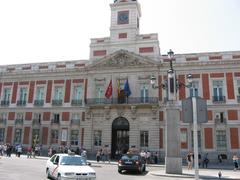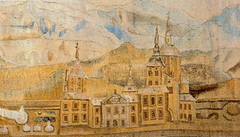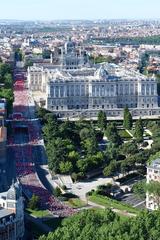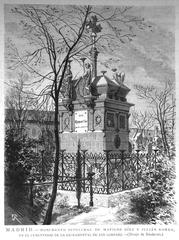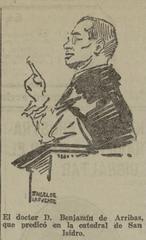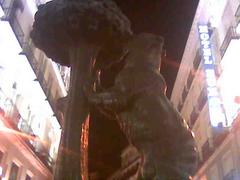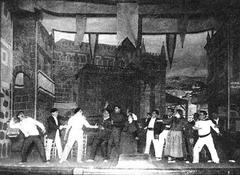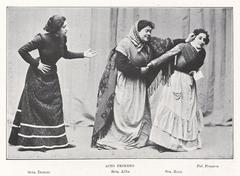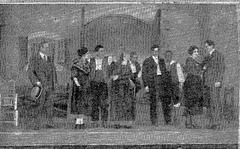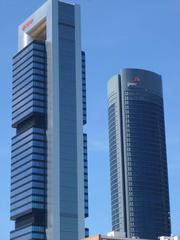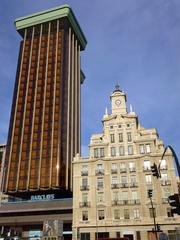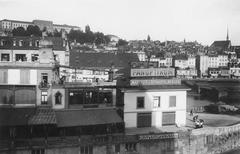
Visiting Puerta del Sol: Hours, Tickets, and Historical Sites in Madrid
Date: 16/07/2024
Introduction
Welcome to Puerta del Sol, the vibrant heart of Madrid where history, culture, and modernity collide. Whether you’re a history buff, a curious traveler, or someone looking to soak in the local atmosphere, Puerta del Sol offers a captivating experience. This iconic square, whose name means ‘Gate of the Sun’ in Spanish, is more than just a bustling intersection; it’s a living testament to the rich tapestry of Madrid’s past and present. From its early days as a city gate in the 15th century to its current status as a hub of social and political activity, Puerta del Sol has always been at the epicenter of Madrid’s evolution. Located in the heart of the city, it has witnessed numerous historical events, serving as a backdrop for celebrations, protests, and public announcements. This guide will delve into the rich history of Puerta del Sol, provide essential visitor information, and share travel tips to make the most of your visit. (Wikipedia, Timeout, Spain Guide Now)
Table of Contents
- [History and Significance](#history-and-significancehistory-and-significance)
- [Early Beginnings - A Gateway to the City](#early-beginnings---a-gateway-to-the-cityearly-beginnings---a-gateway-to-the-city)
- [From Passageway to Public Square - The 16th-18th Centuries](#from-passageway-to-public-square---the-16th-18th-centuriesfrom-passageway-to-public-square---the-16th-18th-centuries)
- [Architectural Transformations and a New Landmark - The 19th Century](#architectural-transformations-and-a-new-landmark---the-19th-centuryarchitectural-transformations-and-a-new-landmark---the-19th-century)
- [Puerta del Sol - A Microcosm of Madrid’s History](#puerta-del-sol---a-microcosm-of-madrids-historypuerta-del-sol---a-microcosm-of-madrids-history)
- [Symbolic Significance - Kilometre Zero and the Bear and the Strawberry Tree](#symbolic-significance---kilometre-zero-and-the-bear-and-the-strawberry-treesymbolic-significance---kilometre-zero-and-the-bear-and-the-strawberry-tree)
- [Visitor Information](#visitor-informationvisitor-information)
- [Visiting Hours and Tickets](#visiting-hours-and-ticketsvisiting-hours-and-tickets)
- [Nearby Attractions](#nearby-attractionsnearby-attractions)
- [Special Events and Guided Tours](#special-events-and-guided-toursspecial-events-and-guided-tours)
- [Accessibility and Photographic Spots](#accessibility-and-photographic-spotsaccessibility-and-photographic-spots)
- [Conclusion](#conclusionconclusion)
- [FAQ](#faqfaq)
- [References](#referencesreferences)
History and Significance
Puerta del Sol, meaning ‘Gate of the Sun’ in Spanish, is more than just a bustling square; it’s a place where centuries of Madrid’s history unfold. Its strategic location at the heart of the city has made it a witness to pivotal events, shaping its identity and significance over time.
Early Beginnings - A Gateway to the City
In the 15th century, Puerta del Sol was literally a gate, one of several entry points in the wall that encircled Madrid. This eastward-facing gate, adorned with a sun emblem, welcomed travelers arriving from the direction of Alcalá de Henares. Beyond the city walls, medieval suburbs began to sprout around the 12th-century Christian Wall, and Puerta del Sol found itself at a crossroads. (Wikipedia)
From Passageway to Public Square - The 16th-18th Centuries
As Madrid grew, so did the importance of Puerta del Sol. The area outside the gate, initially a simple passageway, gradually transformed into a bustling public space. Small traders, sensing opportunity amidst the constant flow of people, set up shop, adding to the square’s vibrant energy. (Timeout)
The 17th century marked a turning point for Puerta del Sol, solidifying its role as a vital meeting place for Madrid’s social and political life. It became a hub for news and gossip, a stage for royal receptions and celebrations, and a gathering point for public discourse. (Spain Guide Now)
Architectural Transformations and a New Landmark - The 19th Century
The 19th century ushered in significant architectural changes to Puerta del Sol. The demolition of the Buen Suceso church in 1854, along with other convents and structures, paved the way for a major renovation. This period saw the construction of the Casa de Correos, the current seat of the Madrid regional government, which became a defining landmark of the square. (Timeout)
The square’s iconic clock tower, perched atop the Casa de Correos, was also added during this era. Initially plagued by inaccuracies, the clock eventually became a symbol of Madrid, its twelve chimes marking the traditional eating of the Twelve Grapes on New Year’s Eve, a tradition broadcast live on national television since 1962. (Wikipedia)
Puerta del Sol - A Microcosm of Madrid’s History
Throughout its evolution, Puerta del Sol has been a stage for key historical events, reflecting the triumphs, struggles, and spirit of Madrid:
- Popular Uprising of May 2nd, 1808: The square witnessed the fierce resistance of the people of Madrid against Napoleon’s invading troops, an event immortalized in Francisco Goya’s famous painting, ‘The Second of May 1808.’ (Wikipedia)
- Proclamation of the Second Republic, 1931: Puerta del Sol was the backdrop for the jubilant proclamation of the Second Spanish Republic, marking a shift towards democracy. (Wikipedia)
- Center of the 15-M Movement, 2011: In recent times, the square became the epicenter of the 15-M Movement, a wave of protests against political corruption and economic inequality, demonstrating its enduring role as a platform for social and political expression. (Wikipedia)
Symbolic Significance - Kilometre Zero and the Bear and the Strawberry Tree
Beyond its historical events, Puerta del Sol holds symbolic weight:
- Kilometre Zero: A stone slab embedded in the pavement in front of the Casa de Correos marks ‘Kilometre Zero,’ the official starting point for Spain’s six national roads, making Puerta del Sol the symbolic center of the country’s radial road network. (Culture Trip)
- El Oso y el Madroño (The Bear and the Strawberry Tree): This bronze statue, depicting a bear reaching up a strawberry tree, is a prominent feature of Puerta del Sol. It represents the coat of arms of Madrid, symbolizing the city’s historical abundance of both bears and strawberry trees. (Madrid Tourist Info)
Visitor Information
Visiting Hours and Tickets
- Visiting Hours: Puerta del Sol is open 24/7, making it accessible at any time of day. However, specific attractions like the Casa de Correos may have their own visiting hours.
- Tickets: Entry to Puerta del Sol is free. Some guided tours and nearby attractions may require tickets.
- Travel Tips: Visit early in the morning or late in the evening to avoid large crowds. The square is busiest around New Year’s Eve.
Nearby Attractions
- Plaza Mayor: A historic square just a short walk away, known for its stunning architecture and vibrant atmosphere. (ES Madrid)
- Royal Palace of Madrid: One of the most beautiful and historically significant buildings in Madrid, located nearby. (Patrimonio Nacional)
- Gran Vía: A bustling street famous for shopping, dining, and entertainment. (Introducing Madrid)
Special Events and Guided Tours
- New Year’s Eve Celebrations: Puerta del Sol is famous for its New Year’s Eve celebrations, where locals and tourists gather to eat the Twelve Grapes as the clock strikes midnight. (ES Madrid)
- Guided Tours: Many guided tours are available that include Puerta del Sol as a key stop. These tours provide deeper insights into the history and significance of the square.
Accessibility and Photographic Spots
- Accessibility: Puerta del Sol is wheelchair accessible, and most nearby attractions and facilities also accommodate visitors with disabilities.
- Photographic Spots: The clock tower, Kilometre Zero, and the Bear and the Strawberry Tree statue are some of the most photogenic spots in the square.
Conclusion
Puerta del Sol stands as a testament to Madrid’s rich history and vibrant present. From its early days as a city gate to its current status as a cultural and social hub, this iconic square continues to captivate visitors from around the world. Whether you’re here to explore its historical landmarks, participate in its lively events, or simply take in the atmosphere, Puerta del Sol promises an unforgettable experience. With its convenient accessibility, rich history, and vibrant ambiance, Puerta del Sol is a must-visit destination for anyone exploring Madrid. (Culture Trip, Madrid Tourist Info, Wikipedia, Spain Guide Now)
FAQ
Q: What are the visiting hours for Puerta del Sol? A: Puerta del Sol is open 24/7, but specific attractions like the Casa de Correos may have their own hours.
Q: Do I need tickets to visit Puerta del Sol? A: Entry to Puerta del Sol is free. Some nearby attractions and guided tours may require tickets.
Q: What is the significance of Kilometre Zero? A: Kilometre Zero is a stone slab marking the starting point of Spain’s six national roads, symbolically making Puerta del Sol the center of the country’s road network.
Q: Are there guided tours available for Puerta del Sol? A: Yes, many guided tours include Puerta del Sol as a key stop, offering deeper insights into its history and significance.
Q: What are some nearby attractions to Puerta del Sol? A: Nearby attractions include Plaza Mayor, the Royal Palace of Madrid, and Gran Vía.
References
- Puerta del Sol. (n.d.). In Wikipedia. Retrieved July 16, 2024, from https://en.wikipedia.org/wiki/Puerta_del_Sol
- Puerta del Sol: Things to Do in Madrid. (n.d.). Time Out. Retrieved July 16, 2024, from https://www.timeout.com/madrid/things-to-do/puerta-del-sol-2
- Puerta del Sol: Madrid’s Center Stage. (n.d.). Spain Guide Now. Retrieved July 16, 2024, from https://spainguidenow.com/puerta-del-sol/
- The Top 10 Things to Do and See in Puerta del Sol, Madrid. (n.d.). Culture Trip. Retrieved July 16, 2024, from https://theculturetrip.com/europe/spain/articles/the-top-10-things-to-do-and-see-in-puerta-del-sol-madrid/
- Puerta del Sol: Madrid Tourist Information. (n.d.). Madrid Tourist Info. Retrieved July 16, 2024, from https://www.madridtourist.info/puerta_del_sol.html

